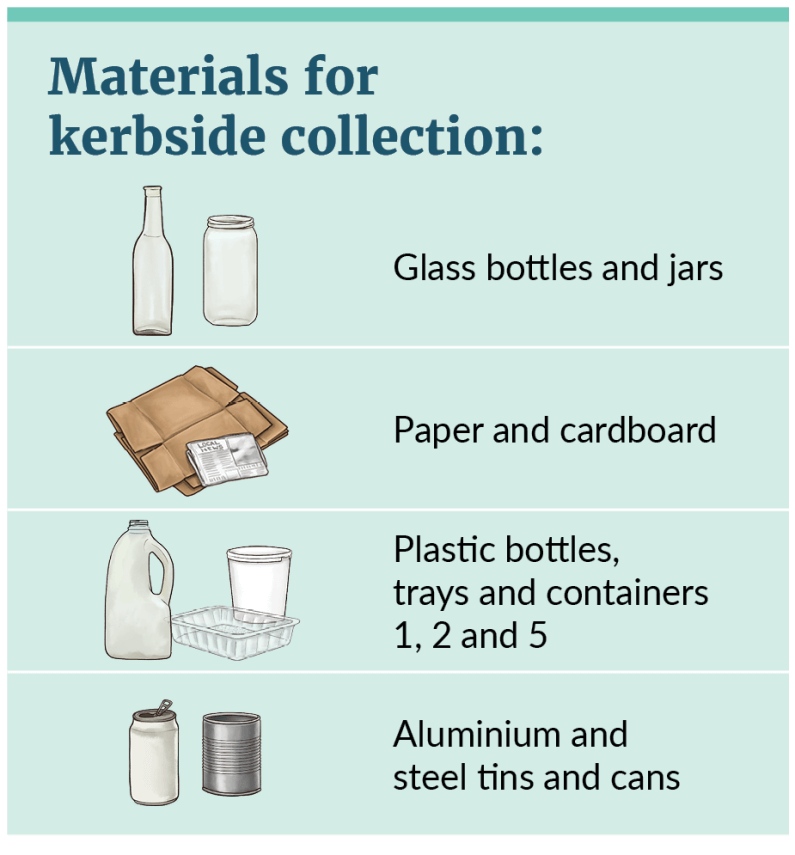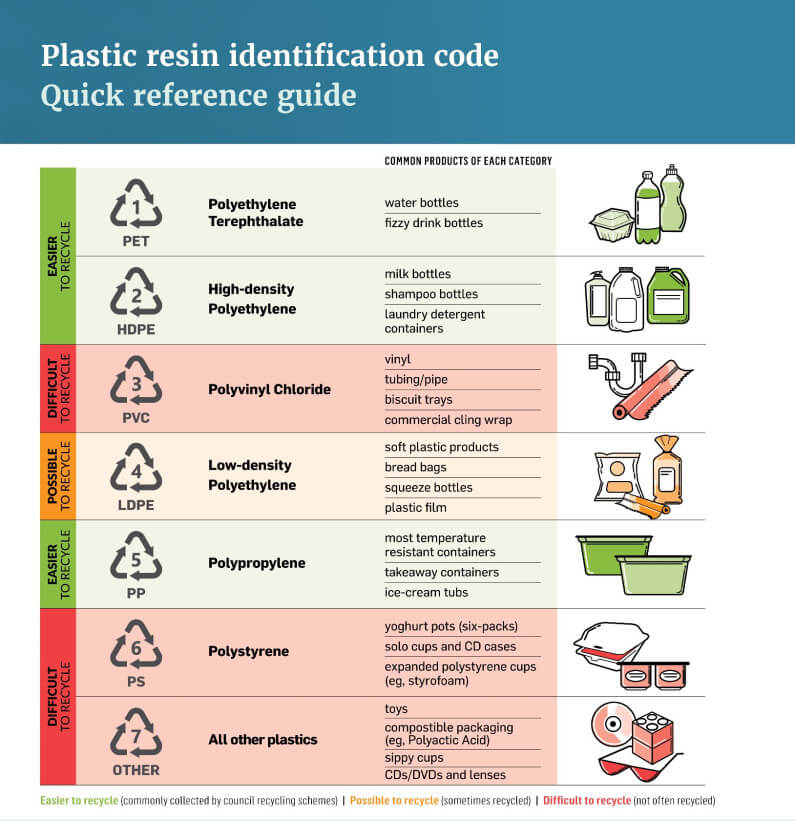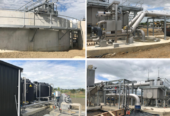The bad news is that your milk bottle tops, and millions of other blue caps, are going to landfill.
The good news is that a standardised kerbside recycling programme launched across the country this week should divert an extra 36,000 tonnes of waste away from those landfills.
Senior policy analyst Harry Livesey, responding to questions put by The News to the Ministry for the Environment, said the saving would amount to almost 30kg of recyclable material for every household each year.
That’s a fair few plastic bottles and cans.
It will also reduce greenhouse gas emissions from landfill and generate more value from recyclable materials, he said.
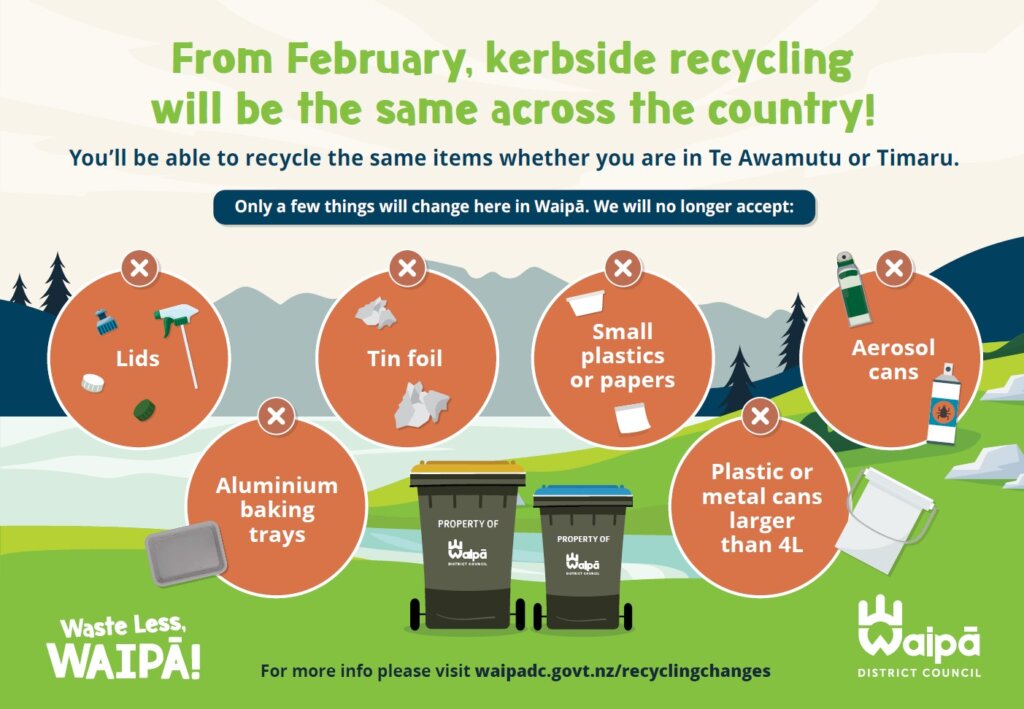
But what about those milk bottle tops which I have always put into the recycling bin on the bottle having squeezed the air out? Those and other caps may be made from recyclable material but there are two problems with them – firstly, they often arrive at a recycling centre still on the bottle – containing curdled milk or cream – and secondly, the recycling systems can’t handle such small objects.
Speaking of small, in most cases it requires a magnifier to read what recycling symbol is moulded into the cap – take a bow Pams and Sanitarium for giving us some of the smallest logos we’ve ever not seen. We don’t need to check any more.
What about metal lids? They are out too – again, there is a likelihood they will be trapping contents in containers. So ice cream container lids get the heave-ho into the rubbish bin, too. In fact, so does anything smaller than 5cm square.
“Even small amounts of contents left in containers adds to contamination of the materials for recycling and can mean the materials recovery facility faces penalties or has bales rejected,” Livesey said.
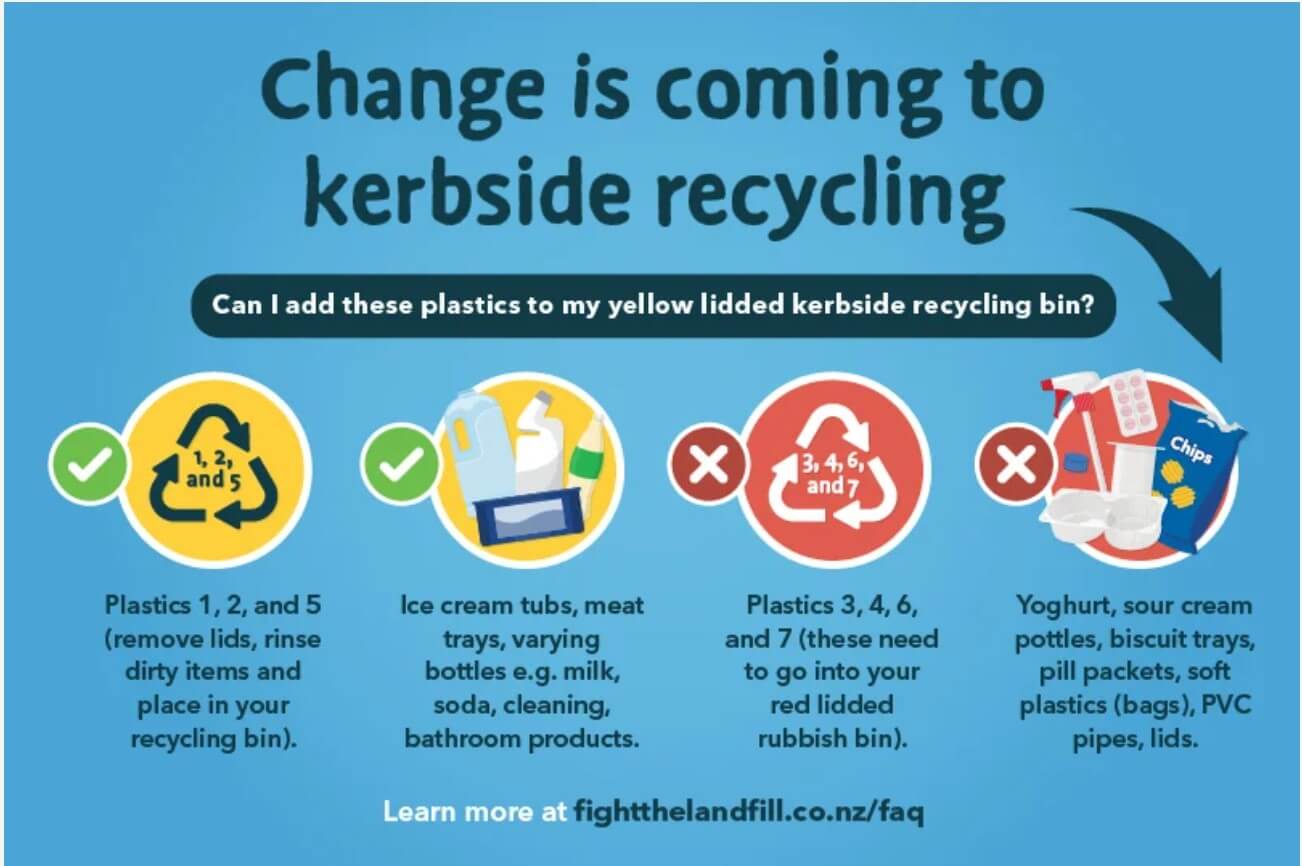
The ministry says it is working with manufacturers, retailers, and recyclers to develop solutions for lids.
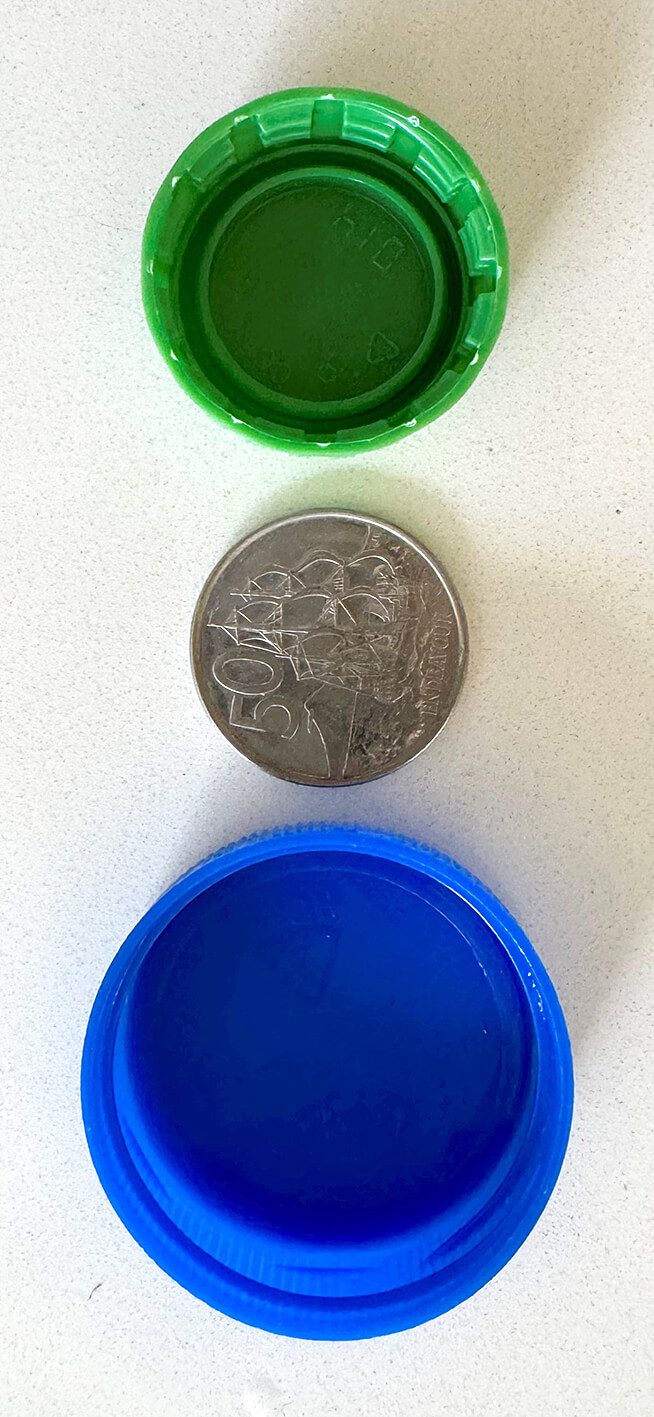
Caps off – and into the rubbish bin please. Pocket the 50c piece.
Nationwide, around 16 per cent of items put out for recycling don’t belong in the recycling bin – while 13 per cent of household “rubbish” contains recyclable material.
Food producers present a significant amount of their produce in plastic which is not recyclable – think shrink wrap on your Wattie’s baked beans three pack or the plastic bag holding your daily bread.
Livesey says facilities would need infrastructure upgrades to sort soft-plastics and at present they are not financially viable for recycling.
The industry have been tasked with designing a plastic packaging product stewardship scheme, which would include soft-plastics, and it is likely that industry will eventually cover recycling costs.
So there you go – it’s caps off to New Zealand’s standardised recycling system, and don’t say you weren’t told.
